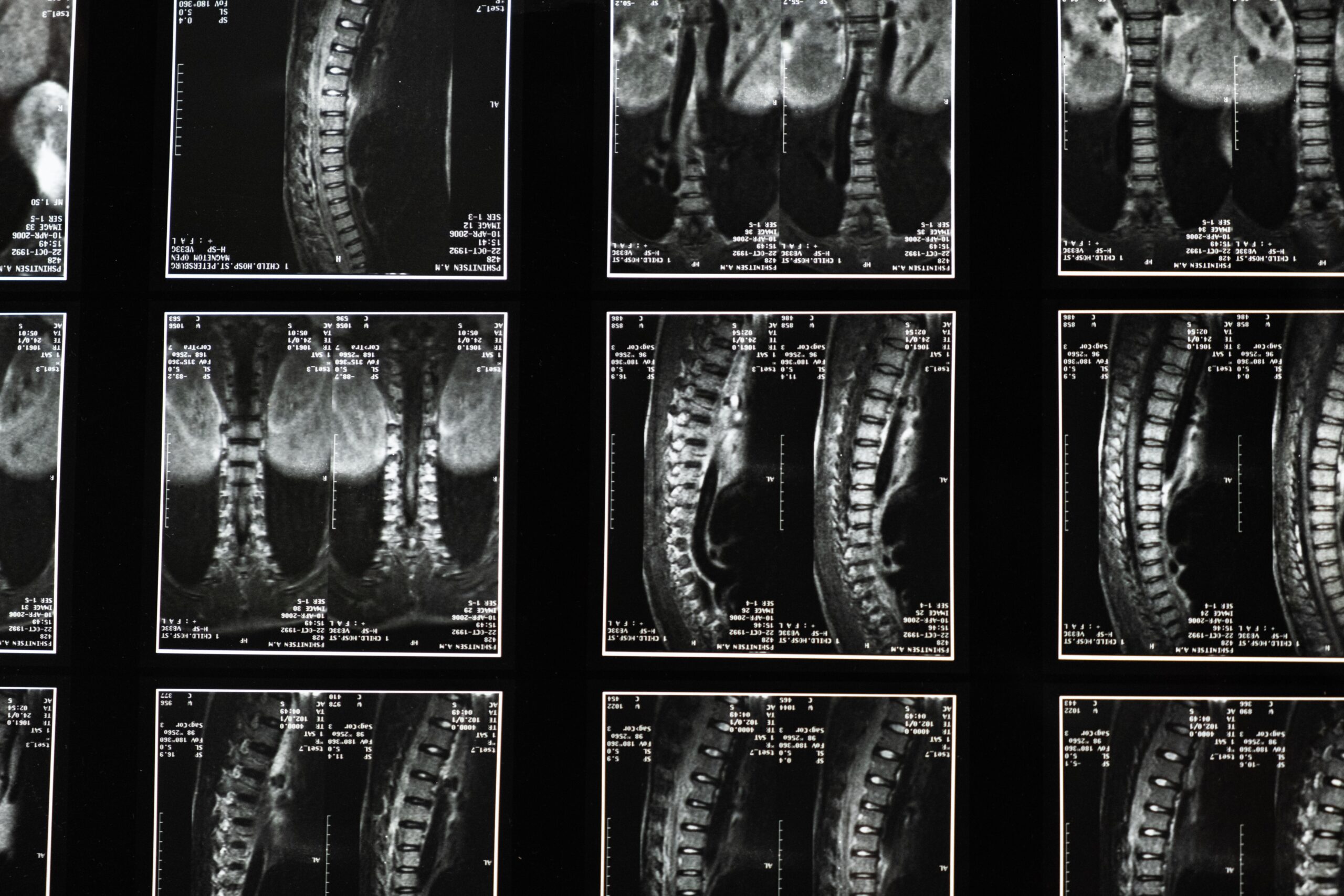This trial stage is designed to help your doctor evaluate how well a stimulator reduces your pain and the potential long-term effectiveness of a permanent implant.
Your doctor uses advanced imaging technology to insert wire-like trial leads (synced to an external generator and power supply) via a needle into the epidural space surrounding the spinal cord.
You will then spend the next week activating the stimulator as instructed and recording its effectiveness.
If the trial proves effective, your doctor will schedule a permanent implantation procedure for your electrode and generator.
What is Spinal Cord Stimulation?
Common Conditions
Type 1 – The most common type of Complex Regional Pain Syndrome. Type 1 typically develops after an injury that doesn’t directly damage nerves in the limb.
Type 2 – Type 2 Complex Regional Pain Syndrome is the result of a forceful trauma that damages the nerves. Surgery, heart attacks, and infections may also lead to Type 2.
Find out if spinal cord stimulation is right for you.

What Are the Benefits of Spinal Cord Stimulation?
- Reduces Need for OTC Medication
- Improves Mobility
- Relieves Pain
- Offers On-Demand Control

The stimulation distracts the brain’s attention away from the pain signals, which may lessen the need for over-the-counter medication.

With the stimulation interfering with pain signals, your pain condition should no longer stop you from moving with ease.

Helps reduce pain that has been unresponsive to other treatments. Your pain may come and go, so you may not need spinal stimulation at all times. The set-up of the stimulator gives you full control over when the current is activated.

Programs are pre-set and coverage is adjustable based on where patients experience pain.
How Do Spinal Cord Stimulators Work?


Find out if spinal cord stimulation is right for you.
What to Expect From Spinal Cord Stimulation
Stage 1: Trial Implantation
Stage 2: Permanent implantation
Permanent implantation procedure typically takes 3-4 hours.
Under local anesthesia, your doctor implants permanent leads and the generator is placed under the skin—usually near the buttocks or abdomen.



